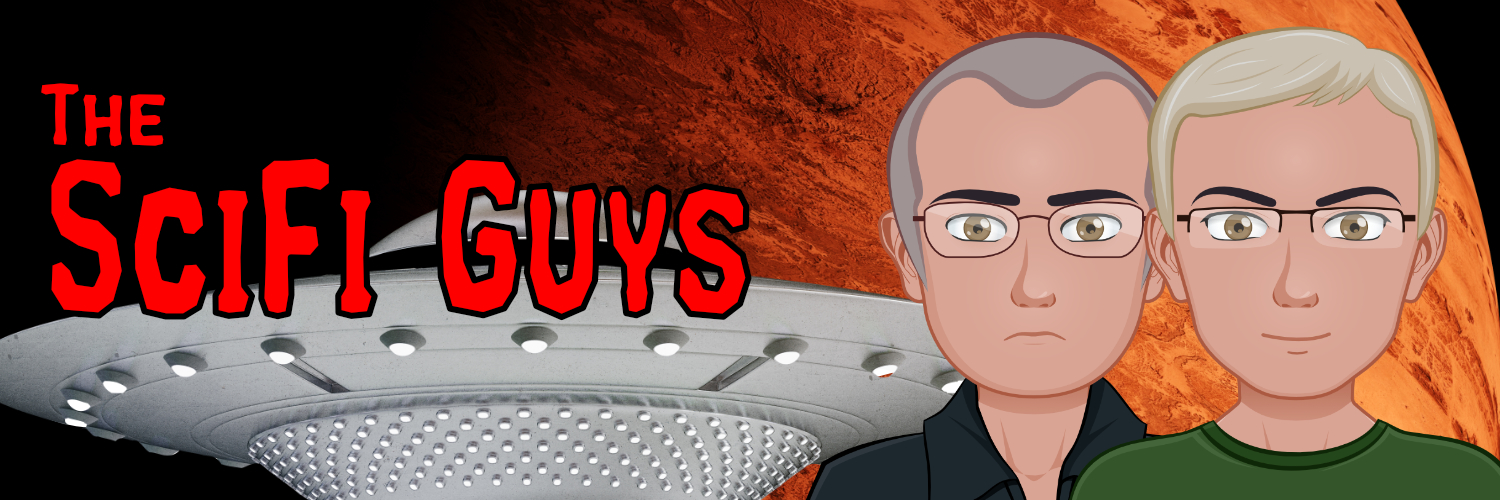- Director: Roy Ward Baker
- Writers: Nigel Kneale
- Stars: James Donald, Andrew Keir, Barbara Shelley
- Run Time: 1 Hour, 37 Minutes

Synopsis
Men are digging in the London subway, and they unearth several skeletons. The story gets reported by the newspapers as “Underground Ape Men.” The experts think the skeletons belong to men who walked the Earth over five million years ago, much earlier than man was expected to exist. Doctor Roney shows them a clay reconstruction that does indeed look like an ape-man.
One of the archaeologists finds something metal buried there too. Could it be an unexploded bomb from WWII? The bomb squad arrives and can’t identify it, so they dig it out further.
Doctor Quatermass is in a meeting arguing with the generals about building a base on Mars. Colonel Breen has been assigned to assist him in his efforts to build another rocket. They examine the “bomb” and find more skulls. The surrounding neighborhood is abandoned, as people are afraid to live in the area. The policeman says people believed there were ghosts there, and there have been many sightings over the centuries. They find strange claw marks in one of the houses, and the policeman runs out, terrified.
Quatermass suspects that the “ape-men” were not from the Earth, but Roney says they were definitely from Earth. Roney’s secretary shows Quatermass a report that says there were strange sightings in 1927 when that particular area of the subway was being dug. Meanwhile, the Colonel has unearthed not a bomb but what looks like an intact alien spaceship. There’s a sealed compartment that no one can open.
One of the men sees a figure walk through the wall, and it was a horrible creature. The description matches some of the accounts in the secretary’s old newspaper articles from 1927.
After a great deal of drilling, the door opens, and they see dead bug creatures, like giant locusts. Once exposed to air, the bugs are rapidly decomposing and falling apart, so it’s a race to get samples and photos. Quatermass notices that the bugs resemble horned demons from legends and gargoyles; the idea for those creatures had to come from somewhere. “I think these are old friends we haven’t seen for a time,” Roney suggests. Quatermass asks, “Could this be a Martian?”
Quatermass tells the newspapers everything, enraging the government. He believes these alien insects experimented on early apes and helped to evolve mankind. The government thinks it’s a German propaganda hoax left over from the second world war.
“Maybe we’re the Martians now,” says Barbara, the secretary. They hook up the mental projector to her, and they can see glimpses of the living Martians on their monitors, recorded in her genetic memories. Upon closer examination, the videos show the Martians at war. They were warlike, and they made humans be the same way.
The government refuses to listen, and they decide to open up everything for public examination. There’s an electrical accident, and one of the workmen is killed. The accident also activates something in the ship. There’s a mass panic as the ship starts to glow.
The ship sucks all the life from Breen, and it’s also controlling Quatermass’s mind. The city starts crumbling and falling apart. The ship generates a giant electronic vision of a Martian in the sky, and it’s only stopped when Roney sacrifices himself to short-circuit the whole system.
Commentary
James Donald is far less grumpy and arrogant than Brian Donlevy in the first two movies. He’s a smart guy, but he doesn’t have all the answers. In the two previous films, Quatermass had the ear of the police and the higher-ups in the government. In this one, no one listens to him. He has a few ideas, but in the end, Roney is the one who saves the world, not him.
I mentioned in my review of the second Quatermass film that I thought that movie had striking similarities to Doctor Who from the 1970s; this is even closer. It’s even got a proto-Brigadier and something like UNIT as entities. This was filmed much closer to the period of Doctor Who I’m talking about, so it’s extremely likely that the third doctor’s situation was influenced by this film’s aesthetics, if not the same production crew.
I understand what they were trying to do with racial memory and genetic traits, but it was all a little overblown and hard to believe. I had seen this one many years ago, and the only thing I remembered from it was the vision of the big bug in the sky; most of the details were pretty forgettable. Most reviewers seem to consider this the best of the three Quatermass films, but other than this one having the benefit of being in color, I enjoyed the other two more.

